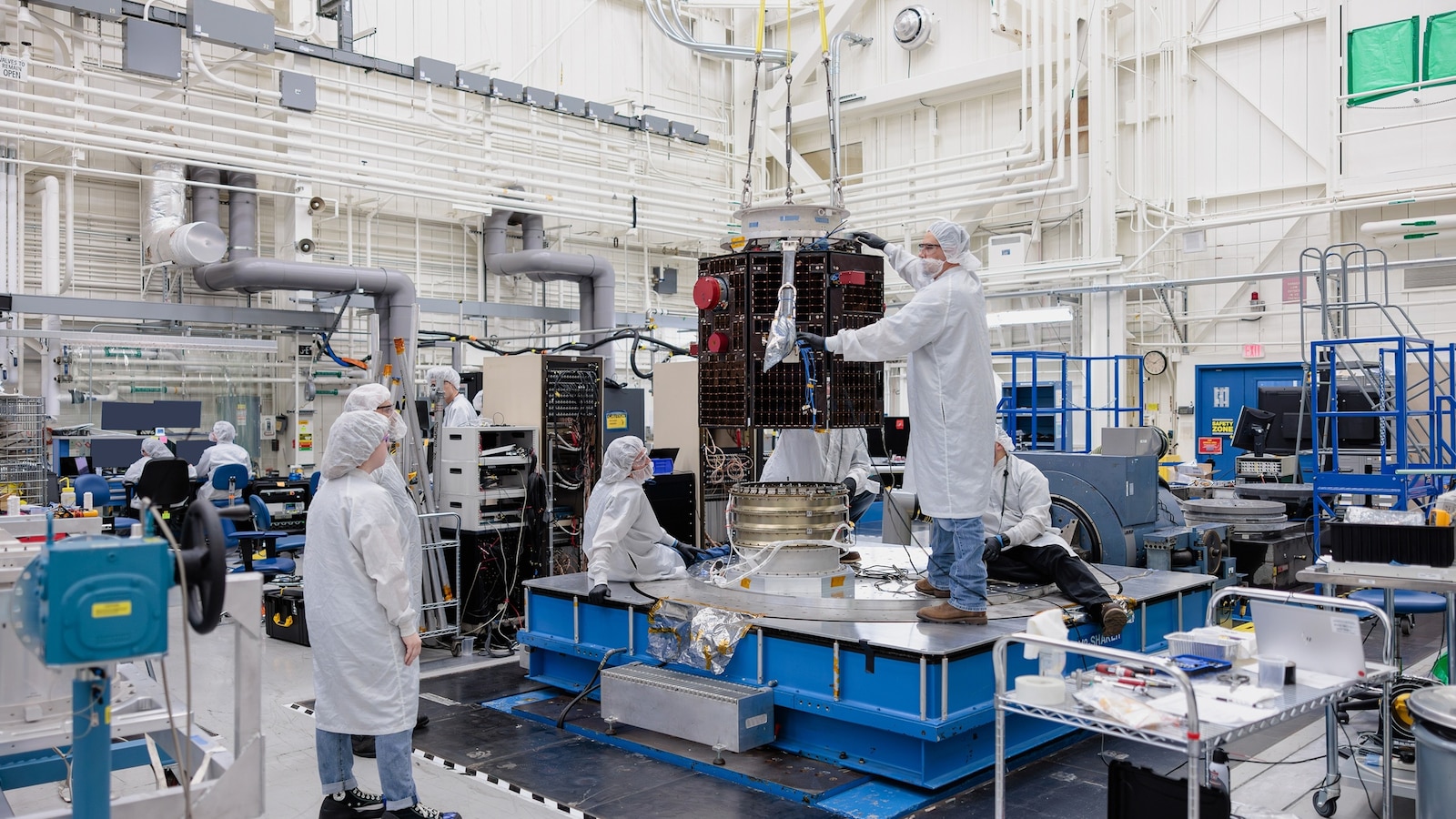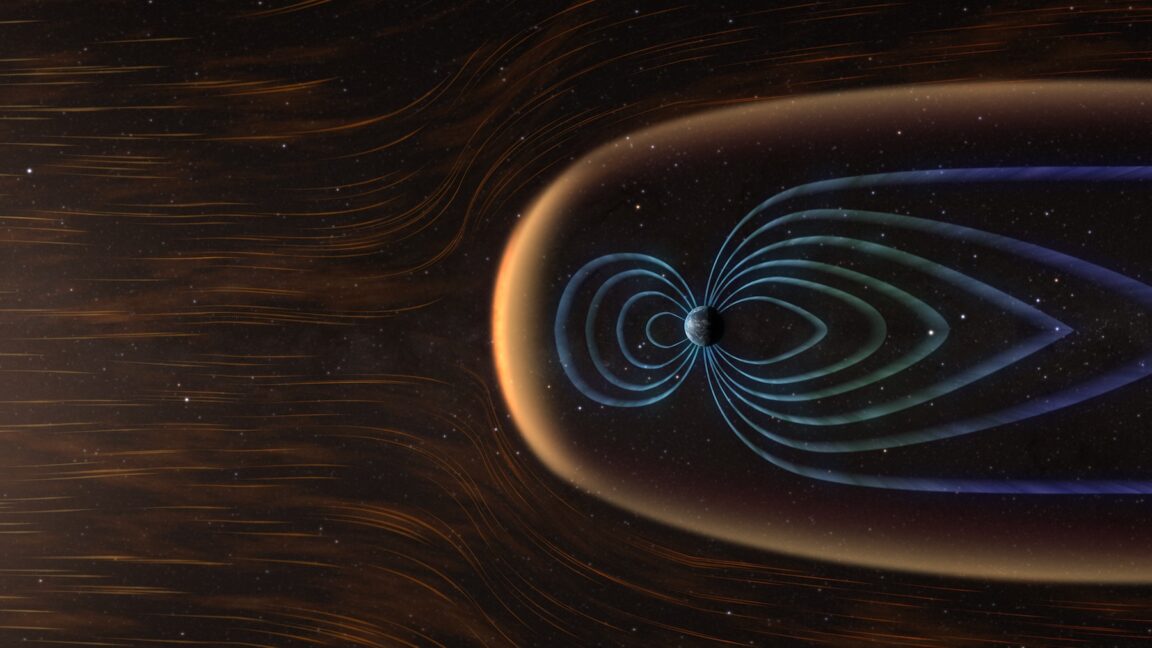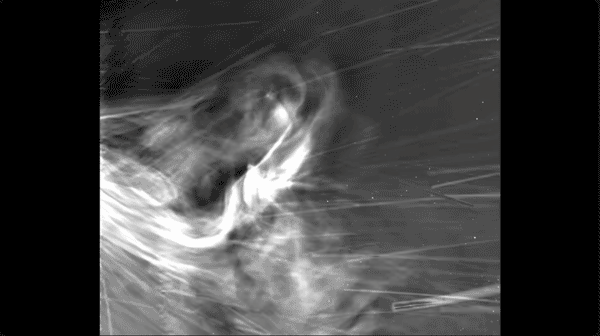T4K3.news
NASA to launch satellites for solar storm research
NASA is launching two satellites to enhance forecasting of solar storms and their effects on Earth.

NASA's upcoming launch aims to enhance understanding of solar storms and their impact on Earth.
NASA prepares to launch satellites for better solar storm forecasts
NASA is set to launch two satellites, known as TRACERS, to improve forecasts of solar storms. These satellites will monitor the Sun's charged particles and their potential effects on Earth's communication systems. The launch is scheduled for Tuesday at 2:13 p.m. ET, aboard a SpaceX Falcon 9 rocket from Vandenberg Space Force Base in California. The mission is motivated by recent solar activity that could disrupt technological infrastructure due to the magnetic reconnection between solar particles and Earth’s magnetic field. By flying in tandem, the satellites will provide real-time data to further understand space weather phenomena.
Key Takeaways
"Understanding our Sun and the space weather it produces is more important to us here on Earth than most realize."
Joe Westlake emphasizes the relevance of solar behavior to daily life.
"What we will learn from TRACERS is critical for the understanding and eventually the predicting of how energy from our Sun impacts our Earth."
Joe Westlake speaks on the mission's importance for future predictive capabilities.
The launch of the TRACERS satellites represents a significant step in our understanding of solar storms, which pose real risks to Earth’s infrastructure. As solar activity increases with the peak of the solar cycle, the data collected will be crucial in forecasting potential disruptions to GPS and communication systems. Scientists like David Miles highlight the innovative close formation flying of the satellites, enabling detailed, simultaneous observations. This mission emphasizes the growing necessity for advanced predictive capabilities in space weather, reflecting the increasing interconnectivity and vulnerability of our technology-driven lives.
Highlights
- Understanding our Sun is crucial for modern life.
- Solar storms can disrupt everything from GPS to power grids.
- Data from TRACERS will provide real-time insights into space weather.
- Preparing for solar storms may safeguard our technological infrastructure.
Concerns over solar storm impacts
The potential disruption of communication and power systems raises significant public safety concerns, particularly as solar activity increases.
As space weather continues to evolve, TRACERS may pave the way for more robust planetary safety measures.
Enjoyed this? Let your friends know!
Related News

NASA satellites launched to study space weather effects

NASA shares groundbreaking video of the sun

New Glenn Launch to Carry NASA's ESCAPADE Mission

NASA confirms micrometeorites shape the Moon's atmosphere

NASA astronauts capture stunning celestial events from ISS

Earth's rotation experiences troubling acceleration

UK invests £700m in solar storm response

SpaceX launching NASA TRACERS mission Tuesday
